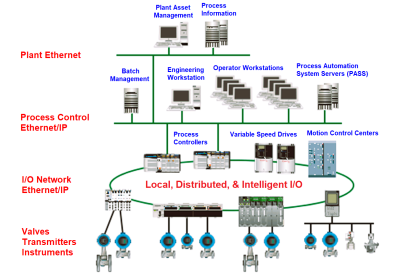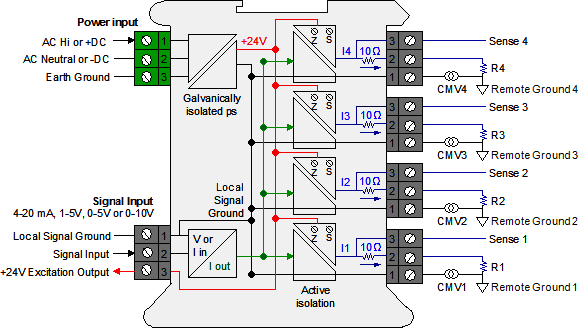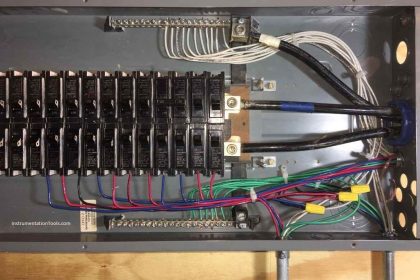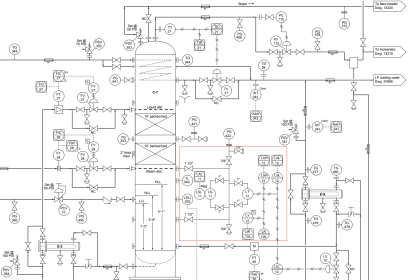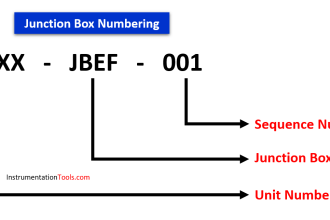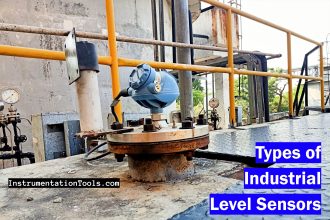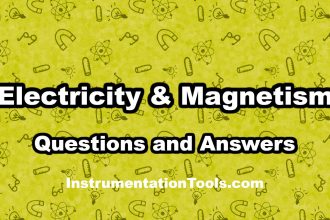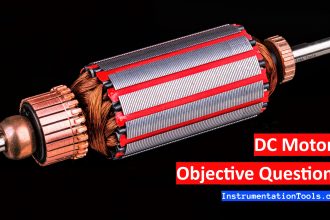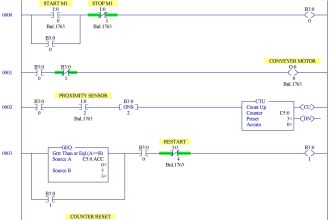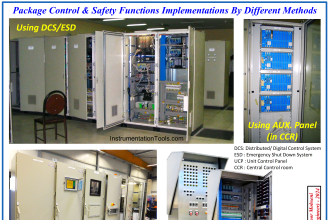Distinguishing Characteristics
P-only
- Accelerates the response of controlled process
- Produces offset except for integrating (1/s) processes
PI
- Eliminates offset
- Usually higher maximum deviations than P-only
- Sluggish, long oscillating responses
- Increased gain may lead to larger oscillations and instability
PID
- Introduces stabilizing effect on closed-loop response
- Exacerbates noise
- May cause additional wear on valves, etc.
General Guidelines
- If possible, use P-only
- Use if offset acceptable for moderate values of Kc
- Use with integrating processes
- Use PI when P is unacceptable
- Systems that respond fast
- Use PID to increase the speed of closed-loop response if PI is sluggish
Examples
1. Liquid -level control
P-only
- integrating process
- maintain level within certain range – offset acceptable
2.Gas pressure control
P-only
- maintain pressure within certain range – offset acceptable
3.Vapor pressure control
PI
- direct control such as in flash tank where vapor valves is controlled to directly control vapor pressure – fast response
PID
- indirect control such as partial condenser on distillation column – control valve adjusts cooling water to change condensation rate – response may be too sluggish with PI
4.Flow Control
PI
- flow control is fast and direct – PI eliminates offset but D not necessary
5.Temperature control
PID
- heating and cooling jackets involving heats of reaction and slow mass transfer rates – slow, sluggish responses will usually require D action
6.Composition control
PID
- slow mass transfer rates usually require D action
